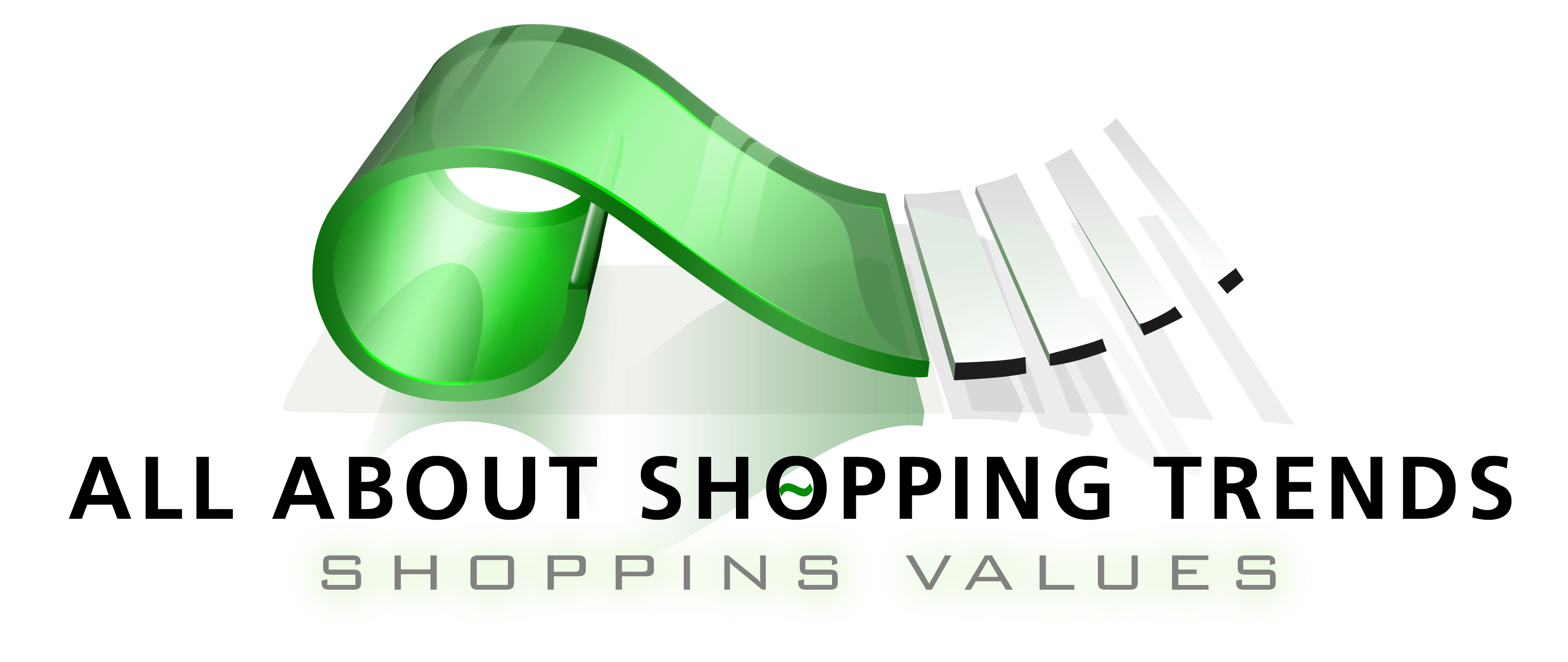Blockchain technology, often hailed as a transformative blockchain wallet force, has gained immense popularity since its inception with Bitcoin in 2008. Its application has since expanded beyond cryptocurrency, influencing industries as diverse as finance, supply chain management, healthcare, and even art. But what exactly is blockchain, and why is it considered a revolution in the way we manage data and transactions?
What is Blockchain?
At its core, blockchain is a decentralized digital ledger that records transactions across multiple computers in a way that ensures the integrity and security of the data. It operates on a peer-to-peer network, meaning there is no central authority governing the system. Every “block” in the chain contains a list of transactions, and each block is linked to the one before it, creating an immutable chain of data.
Each time a new block is added, it is verified by network participants, who use cryptographic methods to ensure the validity of the information. Once added to the blockchain, a block cannot be altered without changing all subsequent blocks, making it virtually tamper-proof. This unique structure provides blockchain with its most powerful attribute: trustlessness. The system works without relying on a central authority, like a bank or government, to vouch for the accuracy or legitimacy of transactions.
Key Characteristics of Blockchain
- Decentralization: One of the standout features of blockchain is its decentralized nature. Traditional systems are often centralized, meaning a single entity has control over the data. In contrast, blockchain distributes the data across a network of participants, preventing any single party from manipulating the information.
- Transparency and Immutability: Every transaction recorded on the blockchain is visible to all participants in the network. This level of transparency builds trust among users and ensures accountability. Additionally, the immutability of blockchain means that once a transaction is added, it cannot be changed or deleted, safeguarding the data from tampering or fraud.
- Security: Blockchain uses cryptographic techniques to secure data. Each block is linked to the previous one through a cryptographic hash, making it extremely difficult to alter past transactions without being detected. In a world where data breaches and cyber-attacks are common, blockchain offers a robust solution for protecting sensitive information.
- Smart Contracts: These are self-executing contracts with the terms of the agreement directly written into lines of code. Smart contracts automatically execute and enforce agreements when certain conditions are met, reducing the need for intermediaries and increasing efficiency.
Blockchain in Various Industries
While blockchain was originally created for cryptocurrency, its potential extends far beyond digital currency. Here are just a few of the many ways blockchain is transforming industries:
1. Finance and Banking
Blockchain’s most famous application is in cryptocurrencies like Bitcoin and Ethereum. However, its potential for revolutionizing the financial industry goes much deeper. Traditional banking systems involve intermediaries that slow down transactions and increase costs. Blockchain can eliminate these intermediaries, allowing for faster, cheaper, and more secure financial transactions.
Decentralized finance (DeFi) platforms are emerging as a key innovation, enabling peer-to-peer lending, borrowing, and trading of assets without relying on traditional banks. Blockchain also facilitates cross-border payments, enabling quicker and cheaper international transfers by bypassing the need for traditional banking systems.
2. Supply Chain and Logistics
In supply chain management, blockchain offers unparalleled transparency and traceability. Every step in the journey of a product can be recorded on the blockchain, from raw materials to finished goods. This allows companies to verify the authenticity of products, prevent fraud, and ensure that products are ethically sourced.
By providing real-time updates and transparency, blockchain can also improve efficiency by reducing paperwork and minimizing the risk of human error. This is especially beneficial in industries like food safety, where ensuring the quality and origin of products is crucial.
3. Healthcare
In healthcare, blockchain has the potential to revolutionize how patient data is stored and shared. With multiple entities (hospitals, doctors, insurance companies) involved in patient care, it’s often challenging to ensure that all records are accurate and accessible. Blockchain can provide a secure, immutable record of patient data, making it easier for healthcare providers to access up-to-date information and ensuring privacy and security.
Additionally, blockchain can streamline the process of managing and tracking pharmaceuticals, reducing the risk of counterfeit drugs entering the market.
4. Voting Systems
Traditional voting systems can be vulnerable to fraud, corruption, or errors. Blockchain, with its transparent and tamper-proof nature, offers an exciting alternative for digital voting. By recording votes on a blockchain, every vote can be verified and traced back to its origin, ensuring integrity and reducing the potential for fraud. Moreover, blockchain voting can increase accessibility, allowing for secure and transparent voting processes in national elections, local polls, and even corporate governance.
5. Intellectual Property and Digital Rights
The creative industries, including art, music, and film, can also benefit from blockchain. Artists and creators can use blockchain to establish proof of ownership and protect intellectual property (IP). By embedding ownership rights into the blockchain, artists can track and control how their work is distributed and monetized.
In the music industry, for example, blockchain can be used to automatically distribute royalties based on usage, ensuring that artists are compensated fairly and efficiently for their work.
Challenges and the Future of Blockchain
Despite its transformative potential, blockchain technology is not without challenges. Scalability remains a significant issue, as processing transactions on a decentralized network can be slower compared to traditional centralized systems. Moreover, energy consumption, particularly with proof-of-work blockchains like Bitcoin, has raised concerns about the environmental impact.
Regulation is another area where blockchain faces hurdles. Governments around the world are grappling with how to regulate cryptocurrencies and blockchain applications. Striking a balance between innovation and security will be essential for the continued growth of blockchain technology.
However, the future of blockchain looks promising. The rise of alternative consensus mechanisms like proof-of-stake, which is more energy-efficient, could help address environmental concerns. Additionally, the widespread adoption of blockchain in various industries, along with the development of more user-friendly platforms, is expected to drive the technology into the mainstream.
Conclusion
Blockchain is more than just a technology; it represents a paradigm shift in the way we store, share, and trust information. By providing a decentralized, transparent, and secure way to record transactions, blockchain is laying the foundation for a more efficient and trustworthy digital future. While challenges remain, the potential applications of blockchain are vast and varied, making it one of the most exciting innovations of the 21st century.

